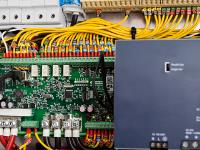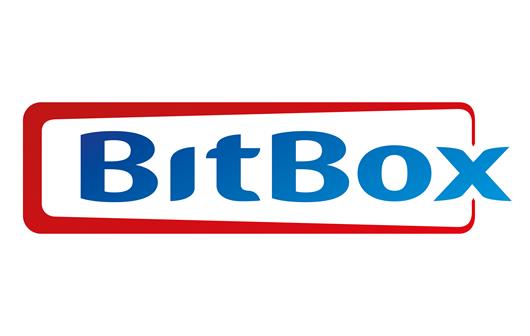 Add My Company
Add My Company
Sign In
WHERE THE IOT MEETS BIG DATA
04-06-2018

Marketers were all about Big Data only three years ago. While the buzzword has suffered a decline in use recently, the concept has continued and, with the dawn of the phrase 'IoT' or the 'Internet of Things', Big Data has found itself with heightened prominence again.
But why?
This post is a consideration of the point where the IoT meets Big Data. More pertinently, the IIoT, or the Industrial Internet of Things.
Big Data
Big Data is in response to the realisation that previously disconnected datasets have greater value to the business (and therefore the customer) when they are connected and analysed in new ways.
Internet of Things
IoT is the name for devices that use the internet to communicate useful information. Think about your wearable health device (yes, Fitbit); it captures heartrate and movement, transmits this data to a mobile app that converts it in to a map plotting your exercise routine in terms of location and effort expended.
Industrial Internet of Things
IIoT is similar to the consumer version except for it is targeting the use of devices within the industrial environment. Think building management systems, or environmental monitors or even security systems.
WHERE IOT MEETS BIG DATA
Data is everywhere. Importantly, our data is everywhere. We fear over monitoring; emails and phone use, car use, CCTV capturing us walking along a high street, where we shop, what we buy… so much of our lives is tracked. We like the security it provides, but when it is our data being held, we feel it an invasion of our privacy. (Data is so controversial, European wide legislation is coming in to effect in May, 2018, to better control it!)
In contrast with this negative perception of data collection and scrutinising, there are movements to improve our lives through effective and permissive monitoring. This is where IIoT comes in to the equation.
The power of the IoT is to connect people with valuable information.
The challenge is to ensure that the information is valuable and goes to the right people.
The benefits to businesses that seek to employ IIoT principles are not fully known but will include efficiencies and therefore cost savings. It stands to reason that this in turn benefits employees through improved health and welfare.
To achieve this, however, there is a need for data. Artificial Intelligence solutions (AI) model a desired outcome - data; tests are carried out - data; algorithms created - data; and the output of this is that life happens, and in an altruistic world, for the better.
For example, because of the collection of data from a variety of sensors, building management systems regulate the atmospheric conditions to maximise the environment for optimum working. Staff have a more comfortable work environment that reduces physical stress and improves personal health. Intelligent farming solutions insure that the right quantity of water or other supportive product is added to the crop at the right time and in the right place to reduce wastage and maximise crop production. Waste is reduced, crop yields enhanced, the cost of food decreases, more communities are fed.
BIG DATA IS IMPORTANT TO THE SUCCESS OF THE IIOT
The IIoT process is straight forward: sensors collect and transmit information to a software programme that is then able to process this information to identify a status and then deliver an action. For example, one corporate HQ’s data showed that during the summer period, staff sickness increased. Data from the Facilities Team was able to identify the significant changes in temperature during that period. The organisation implemented a plan to address this through changes to the building management systems. This logic might be: if the ambient temperature reaches 24°, staff fatigue increases along with risk of viruses spreading reducing productivity by a notable percentage. A building management system might be programmed therefore to automatically respond with commands that implement additional air conditioning settings when a network of remote sensors identify that the temperature reaches 22°.
This illustrates how the IIOT is linking with Big Data to benefit working environments.
BitBox, a leading designer and manufacturer of electronic products, is creating a new generation of IIoT products that transmit data to be processed by complex systems. The custom applications vary from instance to instance, but the premise remains constant: there is a need to monitor the status of something and ensure that a user can respond to variations in conditions. Find out how our design engineering services can help your organisation.
For more information on WHERE THE IOT MEETS BIG DATA talk to BitBox Ltd
Enquire Now
List your company on FindTheNeedle.

